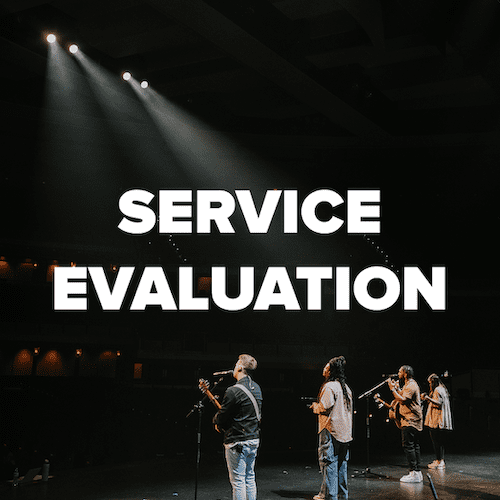I like to think of myself as an artist.
More than just a tech person, who happens to push buttons at just the right moment, but someone who can create with the tools in front of me.

My team and I have talked quite a bit about various levels of production, the baseline being tech support…that whole pushing buttons at just the right moment thing; and enhancing an element through the use of technology…creating art through production.
This second version of the technical arts is where I want to live. It is one of the things that has kept me in the game this long. Working together with other artists in other disciplines to create together, something that none of us could have done alone.
To shamelessly quote our mission statement:
“To create life-changing moments through the fusion of the technical and creative arts.”
The challenge with this noble idea is that it is difficult. It is difficult to do because people are involved. It is difficult because it involves giving up a part of your idea for the sake of the whole. And it is difficult to do in a vacuum, which is where I see things break down.
Trying to get all creative in the area of the technical arts by yourself doesn’t really work. Without an initial idea to start with, it doesn’t matter how many lights you aim at it, or how artsy the mix is, it still isn’t something until someone creates it. Once there is a thing, that’s when we start collaborating on how to apply my specific art to make it the best version of that thing possible.
Like many churches, we use lots of volunteers in the production ministry. Without them, our church would have to seriously re-think how it gets church to happen.
I am a big proponent of offering volunteer opportunities where people can succeed. I am also big on letting people bring their own creativity to the table, so that they can feel fully invested in whatever they are doing. This assumes that each person’s creativity and skill level is exactly what a particular element or service needs.
While at the Tech Director’s Retreat at WFX Conference in Atlanta, we had a conversation about how the vocalist that should never be allowed to hold a mic exists at most churches. We can have the same type of issue in the production area if we aren’t specific about what the expectations are.
There are the baseline expectations, mics on, lights aimed, graphics ready. Then we come to the artistic side of production. These expectations are fuzzier but just as important.
For our teams to really enhance our services, we must be on the same page with the creative team about what we expect from the technical arts. Inevitably this will define what we need from the audio mix or what the lights should look like.
I like to think of these as guard rails. These aren’t rules to restrict someone’s creativity, just boundaries for creativity to happen inside of.
Help your team by giving them music to listen to in the style you are trying to achieve. Look for examples of lighting to help people understand what you are thinking. Watch concert DVDs of your favorite bands to see what IMAG could look like.
As a leader in the technical ministry of your church, go after that stuff with your creative people. Don’t wait to be told something isn’t working in the moment. It is too late then. Be proactive to figure out what “enhance” means in your situation.
Without this open dialogue, even nailing the basics of production won’t be enough to outweigh something that is mis-enhanced.














